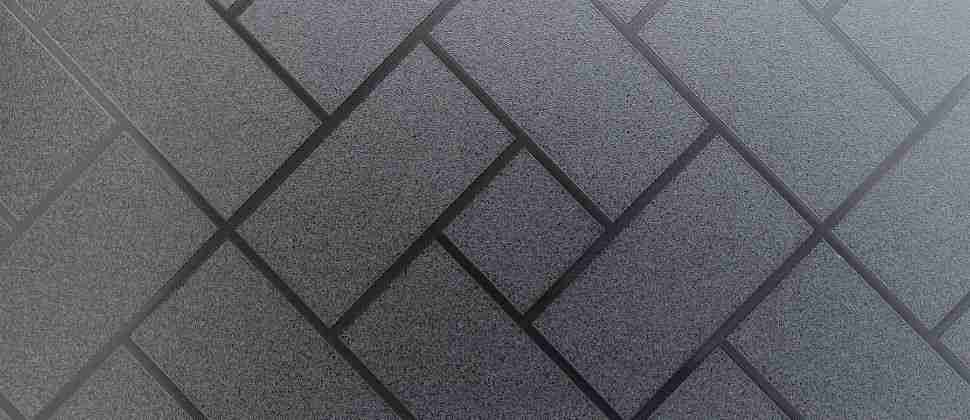
Achieving a good balance between seclusion and beauty is crucial in the field of interior design. Although windows provide plenty of natural light and beautiful vistas, they can be problematic for privacy, particularly in crowded places or busy office settings. Presently, window frosting is a flexible option that gives every area a hint of elegance while simultaneously offering privacy. Window frosting offers a wide range of applications for both homes and offices, each one customised to fit unique requirements and tastes. This article will examine the various applications of window frosting that may be made in residential and commercial spaces to improve both design and utility.
1. Privacy in Residential Spaces
a. Bathroom Windows:
Bathroom privacy is a must, yet many homeowners want natural light without compromising privacy. The ideal answer is provided by window frosting, which obscures the view outside while letting light in. Bathroom windows can have frosted film added in a variety of designs and opacities to offer a decorative touch.
b. Bedroom Windows:
Bedrooms are peaceful havens where rest and seclusion are highly valued. Window frosting offers a sophisticated way to ensure seclusion for bedroom windows without sacrificing natural light. Window frosting can be customised to match personal tastes, whether it’s a slightly frosted pattern for a gentle, diffused radiance or a more opaque alternative for total isolation.
c. Entryway Windows:
As a house’s first appearance, entryways greet visitors while preserving the occupants’ privacy. Entryway windows or panels made of frosted glass provide a tasteful yet understated touch by blocking off the interior view while letting plenty of natural light pour into the room. This maintains privacy while fostering a feeling of openness.
2. Enhancing aesthetics in residential spaces
a. Decorative Accents:
Window frosting is a design element that can improve a home’s aesthetic appeal in addition to providing seclusion. Interior spaces can be enhanced with visual interest and personality by incorporating elaborate patterns, geometric motifs, or bespoke graphics onto frosted glass windows, partitions, or doors.
b. Kitchen Cabinets:
Frosted glass cabinet doors are becoming more and more common in modern kitchen design because of their sleek and modern appearance. A similar effect can be achieved by applying window frosting to cabinet doors, which will conceal the contents while adding texture and depth to the design.
c. Staircase Railings:
Homes frequently use staircases as focal points, providing a canvas for imaginative architectural elements. In addition to offering safety and privacy, frosted glass panels or balustrades along staircase railings can add a sense of sophistication and modernism to the area.
3. Privacy and Functionality in Office Spaces
a. Conference Rooms:
Conferencing rooms in offices are sensitive spaces for meetings and sensitive conversations; privacy is crucial. These areas can be divided while keeping an air of openness and cooperation by using frosted glass walls or dividers. By letting in natural light, window frosting creates a cheery, welcoming space that is ideal for productivity.
b. Office Cubicles:
It can be difficult to attain individual privacy in an open-plan office design without compromising communication and teamwork. Office cubicle partitions or dividers made of frosted glass offer a middle ground by giving workers a sense of solitude without isolating them entirely. These walls can be customised to match the company’s branding or style through the application of window frosting in a variety of designs.
c. Reception Areas:
As the public face of a business, reception spaces greet guests and clients discreetly and professionally. In reception rooms, frosted glass panels or windows provide privacy for administrative work while letting natural light flood the room. In order to strengthen brand identity and make a lasting first impression, window frosting can also include business logos or branding.
4. Branding and Customisation in Commercial Spaces
a. Retail Storefronts:
Window displays are essential for drawing consumers and showing items in retail settings. Frosted window decals or graphics can be applied to storefront windows to add branding components, marketing messaging, or ornamental accents. This adds visual interest and improves the overall shopping experience.
b. Restaurant Partitions:
Restaurants frequently aim to retain an open, welcoming environment while fostering intimate eating encounters. A harmonious blend of privacy and connectedness is provided by frosted glass barriers dividing dining sections or booths, enabling patrons to savour their meals without feeling isolated. Window frosting can be personalised with patterns or styles that go well with the atmosphere and décor of the restaurant.
c. Office branding:
In business environments, branding is critical and encompasses not only logos and marketing collateral but also the actual surroundings. Company logos, mission statements, or inspirational slogans can be displayed on frosted glass windows or walls to strengthen brand identity and foster staff pride.
Conclusion
With window frosting, you can improve privacy, aesthetics, and branding in both residential and commercial environments in a variety of ways that go beyond simple practicality. Window frosting can turn any place into a private and stylish hideaway, whether it’s used to create a calm haven in a home bedroom, promote cooperation in an office conference room, or add a touch of elegance to a retail shop. For discriminating residential and commercial owners alike, window frosting is still a timeless option because of its adaptable designs, simple installation, and numerous uses.